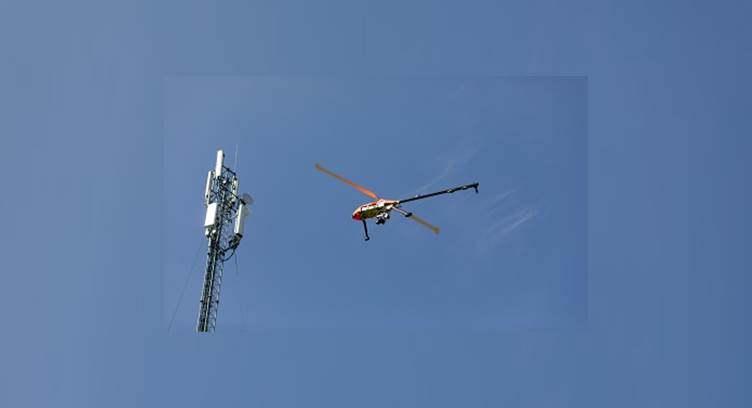A1 Belarus announced that it used an unmanned helicopter to monitor the base station remotely.
The data transmitted from the drone via the A1 mobile network helped to compile a detailed 3D model of the object in order to assess the condition of the radio equipment installed on it and the structure itself. In the future, the company plans to make such studies a permanent part of monitoring the technical condition of its network.
The pilot project involved a Heli-E unmanned helicopter from aOrion (Alpha Orion) with an ultra-high-definition video camera installed on it. All images were transmitted to engineers online.
The base station, for the survey of which an unmanned drone was used, is located in the village of Podygrushye, Smolevichi district. The apparatus itself was launched from the outskirts of Smolevichi. It covered a distance of about 7 km and climbed to a height of 39 m to make a detailed model of the station and transmit data to the specialists of the A1 technical unit. The maximum distance that such a helicopter can fly at a time is about 80 km.
Thanks to a detailed interactive survey, A1 specialists were able to visually inspect the installed equipment, metal structures, foundation supports, fences, site territory without visiting the site, as well as evaluate the parameters of the antenna-feeder path - antennas and radio relay transmission lines, including their inclination, radiation direction, etc. .
It is expected that in the near future the use of unmanned helicopters for remote monitoring of the technical condition of infrastructure facilities will become part of the daily practice of the company. The data obtained will help to timely detect deviations in the operation of base stations and make prompt decisions about the need for their maintenance to maintain the quality of the A1 network.
The use of unmanned devices is especially effective for monitoring the status of objects located in hard-to-reach or remote areas. A1 engineers will no longer have to go out to visually inspect such stations by car - this work will be taken over by a drone controlled via a mobile network. This will allow the company not only to save time and money, but also to achieve a reduction in the carbon footprint of its activities.






















